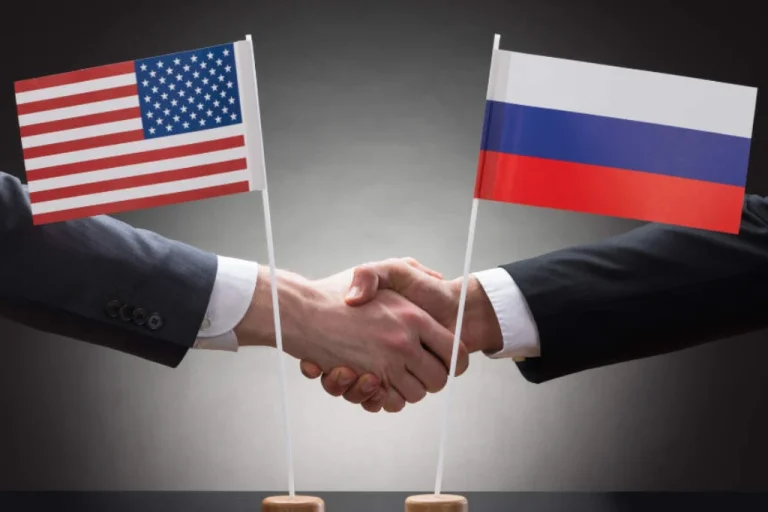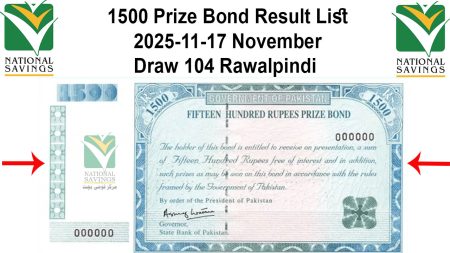Even though relations between the United States and Russia remain tense, especially after recent global events and sanctions, trade between the two countries hasn’t completely stopped. In fact, the USA continues to import several important goods from Russia — and the numbers might surprise you.
According to the latest figures, America imported over $4 billion worth of goods from Russia during the 2024–25 period. Let’s take a closer look at what exactly the US is buying, and why these products still matter.
US imports from Russia
— The Chronology (@TheChronology__) August 6, 2025
Hope it will help @realDonaldTrump https://t.co/Zn8eBNcCD1 pic.twitter.com/WeTHsxFuym
Fertilizers – $1.30 Billion
At the top of the list are fertilizers, with imports worth $1.3 billion. This shows how much the US agricultural sector depends on foreign fertilizers to grow crops. Farmers in America use these fertilizers to boost their harvests, and Russia remains one of the major global suppliers.
Precious Stones & Pearls – $878 Million
In second place are precious stones and pearls, with the US importing $878 million worth. You’ll mostly find these in things like jewelry and luxury fashion. And honestly, no matter how the economy’s doing, there always seems to be a demand for diamonds, pearls, and gems like that — people still buy them.
Metals (Including Palladium & Aluminum) – $878 Million
Metals such as palladium and aluminum are also high on the list of what the US brings in from Russia, with import figures nearly the same as precious stones. These metals play a big role in everyday industries — from building cars and making phones to aircraft parts and even certain medical devices. Palladium, in particular, is a metal that’s not only valuable but also hard to source elsewhere in such large amounts, and Russia remains one of the few countries that produce it in bulk.
Inorganic Chemicals (Including Uranium) – $696 Million
The US imported nearly $700 million worth of inorganic chemicals, including uranium, from Russia. Uranium is key for generating nuclear energy in America. Despite efforts to find other sources, Russian uranium still plays a big role in keeping some US power plants running.
Wood Products – $89 Million
The fifth most imported item was wood and wood-based products. These are used in construction, furniture, and paper manufacturing. Even though the US has its own forests, Russian wood still finds a market because of price and availability.
Machinery, Nuclear Reactors & Boilers – $81 Million
The U.S. also brought in about $81 million worth of machinery from Russia during the year. This includes equipment and parts linked to nuclear reactors and heavy industrial boilers. These aren’t the kind of items you can easily get just anywhere — they’re often very specific and made to fit certain systems. In some cases, American companies might still rely on Russian suppliers simply because replacing them would be too complicated or expensive in the short term.
Animal Fodder – $40 Million
It might come as a surprise, but the U.S. bought $40 million worth of animal feed from Russia. We’re talking about things like grain or mixed fodder used to feed farm animals — cows, goats, and others. It just goes to show how global the supply chain really is. Even something as basic as livestock feed can end up crossing continents before reaching American farms.
Base Metals & Cermets – $37 Million
Another part of the imports — totaling around $37 million — includes base metals and something called cermets, which are a mix of ceramic and metal. These kinds of materials usually fly under the radar — most people probably wouldn’t even recognize the name “cermet.” But they’re actually pretty useful, especially in industries where machines have to deal with heat, friction, or heavy use. It’s not flashy stuff, but without it, a lot of industrial equipment just wouldn’t work right.
Aircraft and Spacecraft Components – $35 Million
Even in the aerospace sector, some trade exists. The US imported around $35 million worth of aircraft and spacecraft parts from Russia. This might include components for satellites, engines, or scientific equipment.
Other Chemicals – Under $30 Million
Lastly, a small but notable portion — under $30 million — includes other types of chemicals. These may be used in laboratories, industrial processes, or manufacturing.
You might wonder — if the US and Russia have such strong political disagreements, why is trade still happening? The answer is simple: some resources are hard to replace. Russia produces certain raw materials in large quantities, and cutting off imports completely could harm US industries and raise prices for consumers.
This data also shows that global trade is deeply connected, and even countries with strained relations often continue some level of economic exchange — especially when it comes to essential goods like fertilizers, metals, and energy materials.
Also read this: U.S. Travel Ban: Trump Administration’s New Restrictions







